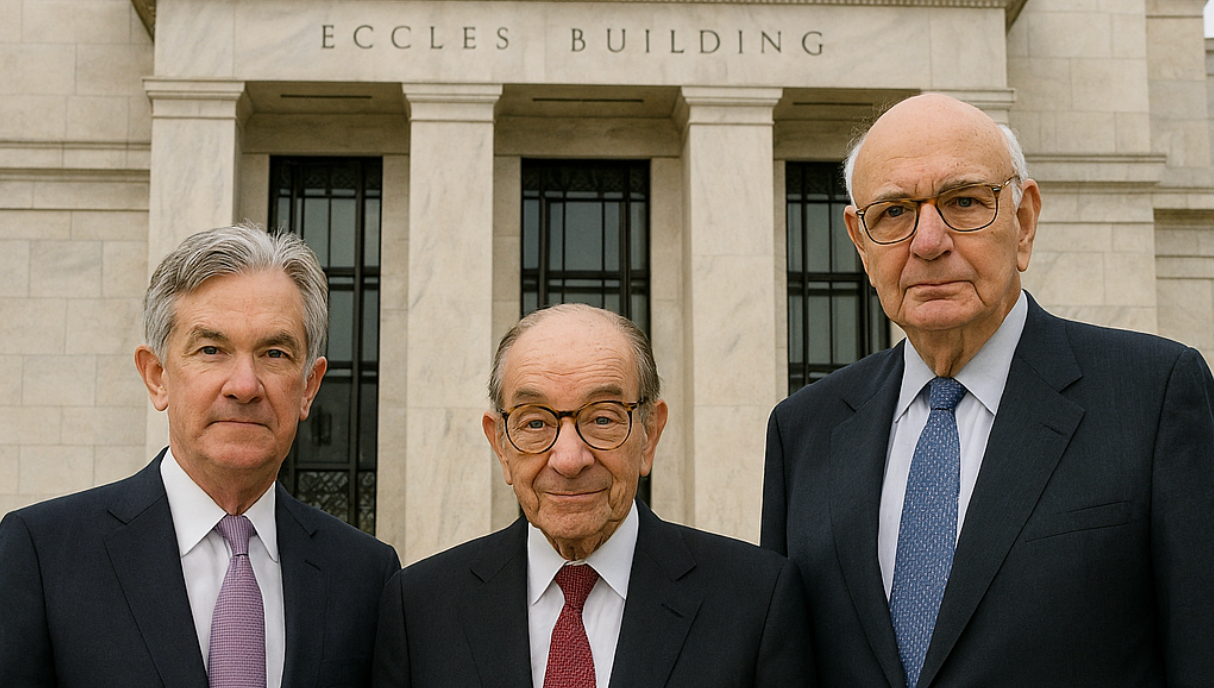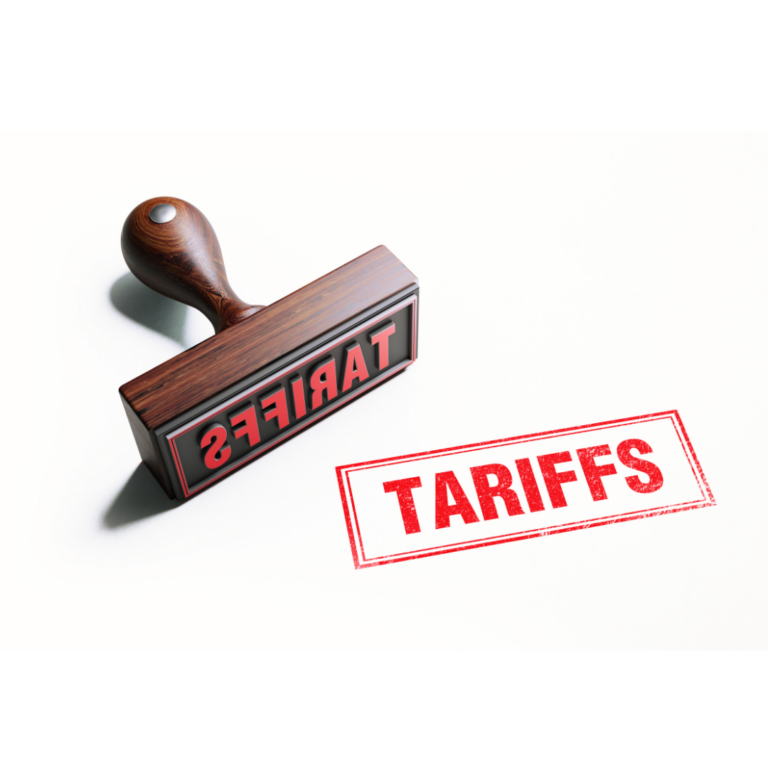The United States Federal Reserve System: Demystifying the US Central Bank

Written by James Fonzi CFA
When it comes to our daily market news feed over the past five years, few topics have garnered more attention than the US Federal Reserve System (“Fed”); and for good reasons. However, despite this serving as an ongoing “hot topic,” many investors do not grasp the size and scope of the Fed. Don’t feel bad if you find yourself asking why the institution is so important. Here are just a few of the common questions we hear from our clients “What is the dual mandate? How do the Fed’s policy decisions affect me as a consumer? Who are these ‘speakers’ that the media draws the spotlight to between each FOMC meeting?” Better understanding the answers to these questions will make you a more informed investor and consumer. Over the next few weeks, we will lay out a broad overview of the Federal Reserve System’s structure and staff, their roles and responsibilities, and current policy actions shaping what may be in store over the coming months and years possibly. We will start by discussing the Fed’s overall structure and key staff at this current time.
Federal Reserve System Structure
The origins of the Fed can be traced back to 1791 with the chartering of the First Bank of the United States and the Coinage Act of 1792. In 1811, however, the First Bank’s charter expired and was not renewed. Later, during the War of 1812, the United States funded their war effort with government issued notes which made way for Congress to charter the Second Bank of the United States in 1816. Just a few short years after, the United States faced its first widespread financial crisis as a country with the Panic of 1819 which persisted through 1822 (1) . The Second Bank subsequently closed in 1836. Several more depressions and panics would take place throughout the rest of the 19th century (notably in 1873 and 1893). Shortly after the turn of the 19th Century, the perceived need for a US Central Bank and monetary reform reached its pinnacle with the Panic of 1907. The panic was short-lived, however, led to a contraction deeper than any in US History other than the Great Depression. It met its end shortly after it started when J.P. Morgan pooled large sums of his and other New York Bankers’ money to help inject liquidity into the banking system; something the US Independent Treasury was unable to do to a
sufficient degree. By 1908, Congress created a National Monetary Commission to explore banking reform. With endorsements for a Central Bank by then President William H. Taft in 1909, the time for drafting the bill that would establish a new US Central Bank began and would be passed a few short years later (2).
In 1913, United States Congress introduced the Federal Reserve Act of 1913 and out of it was born the United States Central Bank (or more commonly known as, The Federal Reserve System). This central banking system consists of three important entities comprised of the Federal Reserve Board of Governors, the twelve regional Federal Reserve Banks, and the Federal Reserve Open Market Committee (FOMC) which is comprised of twelve voting members from throughout the system.
The Board of Governors is the governing body of the Federal Reserve system. This board is led by seven members (also known as ‘Governors’) that serve staggered 14-year terms and are nominated by the President of the United States (the U.S. Senate, however, confirms their positions). The board includes a Chair and Vice Chair, both of which are appointed to an initial four-year term with the potential for one or more additional four-year terms. William McChesney Martin Jr was the longest serving Fed Chair whose tenure spanned from 1951-1970, about six months longer than Alan Greenspan served. The Board of Governors is directly accountable to Congress, which is why you may see congressional hearings surrounding Fed policy decisions.
The twelve regional Federal Reserve Banks are comprised of twenty-four branches and serve as the operating arms of the Federal Reserve System; however, each operate independently in many respects with many responsibilities encompassing the financial and economic stability of their given region. More on each regional branch and their super-regional branches can be found here.
Finally, the FOMC is the third entity of the Federal Reserve System and likely the one whose presence you are most familiar with and whose periodic meetings have become something of a spectacle during and in the aftermath of the Great Financial Crisis. The FOMC meets eight times per year and is comprised of a 12-person cohort of officials responsible for making monetary policy decisions, all of which have significant impact on the US economy and by extension the global economy. The twelve voting members are comprised of the seven members of the Board of Governors, the current president of the Federal Reserve Bank of New York, and four of the remaining eleven Reserve Bank presidents (all of whom serve rotational one-year terms). Additionally, the remaining seven Reserve Bank presidents attend FOMC meetings and participate in deliberations. At the first scheduled meeting of each year, committee
membership from the regional banks rotates, as mentioned above.
Who is Who? – Current FOMC Staff and Participants
- Jerome H. Powell, Board of Governors, Chair
- John C. Williams, President of Federal Reserve Bank of New York, Vice Chair
- Michael S. Barr, Board of Governors
- Michelle W. Bowman, Board of Governors
- Susan M. Collins, President and CEO of Federal Reserve Bank of Boston
- Lisa D. Cook*, Board of Governors
- Austan D. Goolsbee, President of Federal Reserve Bank of Chicago
- Philip N. Jefferson, Board of Governors
- Stephen I. Miran**, Board of Governors
- Alberto G. Musalem, President and CEO of Federal Reserve Bank of St. Louis
- Jeffrey R. Schmid, President of Federal Reserve Bank of Kansas City
- Christopher J. Waller, Board of Governors
* Appointed by former President Joe Biden with a term set to end in 2038. Currently facing allegations and investigation of mortgage fraud by the Trump Administration. The Supreme Court has ruled Cook may remain as a Federal Reserve governor for the remainder of 2025.
** Former Chair of Economic Advisers to the Trump Administration and replaced Adriana Kugler when she announced her early resignation from the Board of Governors in August 2025 (for reasons not entirely known). Miran’s term as a member of the Board is temporary and ends on January 31, 2026.
(1) The main cause of the Panic of 1819 was the end of the Napoleonic Wars and land/agricultural speculation as the United States underwent western expansion. The Second Bank of the United States tightened lending in mid-1818 right before the Panic took hold and an abrupt halt in trade led to higher unemployment, bank failures, foreclosures, and a dramatic fall in agricultural prices.
(2) Many of the early arguments for a Central Bank included manipulating the discount rate, gold (money) flows, and bailing out failing financial institutions all of which remain functions central to the Fed’s operations today.
The views expressed represent the opinions of Breakwater Capital Group as of the date noted and are subject to change. These views are not intended as a forecast, a guarantee of future results, investment recommendation, or an offer to buy or sell any securities. The information provided is of a general nature and should not be construed as investment advice or to provide any investment, tax, financial or legal advice or service to any person. The information contained has been compiled from sources deemed reliable, yet accuracy is not guaranteed. Additional information, including management fees and expenses, is provided on our Form ADV Part 2 available upon request or at the SEC’s Investment Adviser Public Disclosure website, www.adviserinfo.sec.gov. Past performance is not a guarantee of future results.

Breakwater Team
At Breakwater Capital, we work with families across the United States, providing each client with a personalized experience tailored to their current circumstances, future goals, and timelines.











